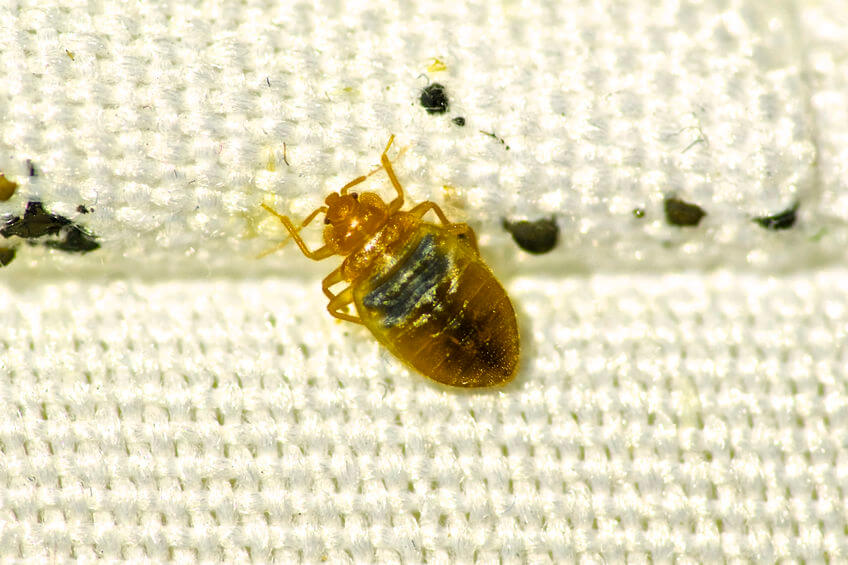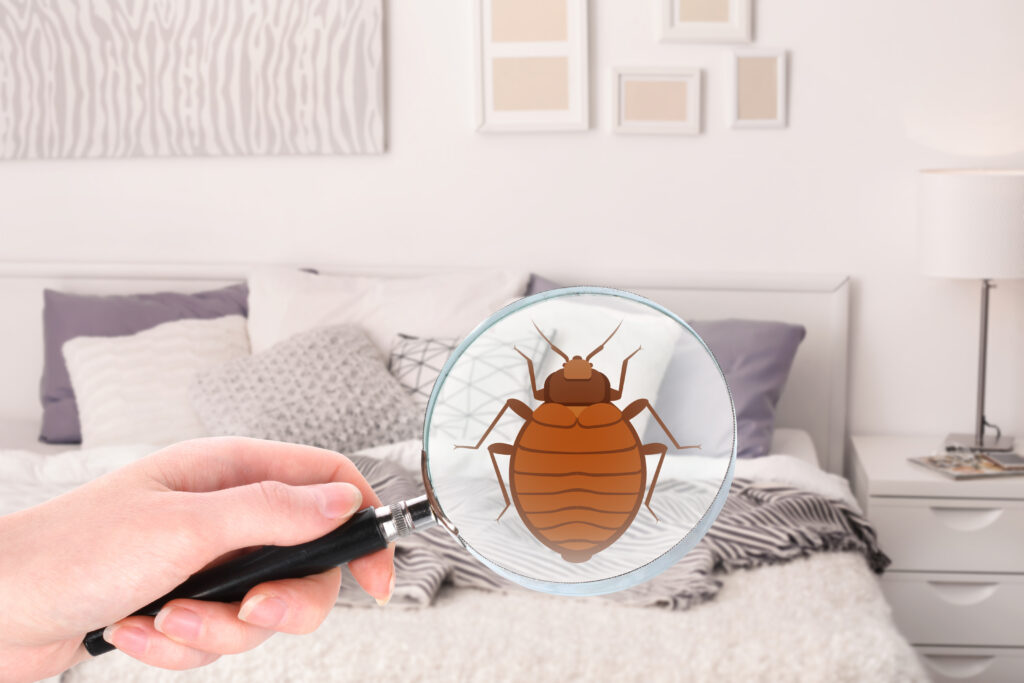Expert A1 Bed Bug Exterminator in Houston - Effective Solutions
Expert A1 Bed Bug Exterminator in Houston - Effective Solutions
Blog Article
Comprehending the Lifecycle of Bugs for Targeted Control Methods
Recognizing the lifecycle of bugs is a basic aspect of effective parasite administration approaches. With a much deeper understanding of just how parasites advance and thrive, tailored control approaches can be made to resolve specific factors in their lifecycle, eventually leading to even more successful parasite monitoring outcomes.
Value of Understanding Bug Lifecycle
Comprehending the lifecycle of insects is important for developing effective and targeted control approaches in parasite management. By comprehending the numerous stages a parasite undergoes from egg to adult, bug control specialists can recognize weak spots in the lifecycle where intervention can be most effective. Understanding when larvae are most energetic can aid figure out the ideal timing for applying larvicides. In addition, comprehending the lifespan of a pest species can aid in forecasting populace development patterns and prospective infestation dangers.
In addition, acknowledging the particular environmental conditions necessary for each and every phase of the parasite's lifecycle can guide choices on habitat adjustment or exemption techniques to disrupt the lifecycle and lower insect populations. This understanding enables pest monitoring specialists to apply positive steps rather than depending entirely on reactive treatments, causing even more long-term and sustainable insect control services. Inevitably, a comprehensive understanding of insect lifecycles empowers insect control specialists to tailor their strategies efficiently, reducing environmental impacts and making the most of control results.
Trick Phases in Pest Development
To properly apply targeted control methods in bug monitoring, a vital element hinges on adequately determining and understanding the vital phases in parasite growth. Insect advancement normally is composed of a number of crucial phases that are vital for their lifecycle and monitoring. The initial stage is the egg stage, where insects lay eggs that later on hatch right into larvae. Larvae then advance right into pupae, a stage where they undergo metamorphosis prior to emerging as grown-up pests. Understanding these stages is essential as it helps in identifying weak spots in the lifecycle where control actions can be most effective.

Susceptabilities in Bug Lifecycle
Throughout the numerous phases of a bug's lifecycle, distinct vulnerabilities emerge that can be tactically targeted for effective control measures. One essential vulnerability lies in the egg stage, where bugs are commonly more vulnerable to certain insecticides or biological control representatives due to their soft outer covering, making them much easier targets for intervention. In addition, the nymph or larval phase presents vulnerabilities as pests undergo quick growth and growth, needing high power usage that can be made use of by interrupting their food resources or introducing growth preventions. Pupal phases, identified by immobility and makeover, use a window for targeted control through physical obstacles or specific treatments that hinder effective development. Ultimately, adult parasites, while much more durable due to their reproductive capability, can still be susceptible throughout mating or egg-laying activities, which can be interrupted through scent traps or sanitation strategies. Recognizing these susceptabilities in the bug lifecycle is essential for establishing efficient and precise control approaches that properly manage parasite populations while minimizing environmental effect.
Implementing Targeted Control Measures

Executing targeted control measures typically entails a multi-faceted approach. This might consist of environment modification to make the environment much less welcoming to bugs, such as removing standing water for insect control or securing access points for rodents. Additionally, organic control approaches can be made use of, where all-natural killers or pathogens are introduced to maintain bug populaces in check.
Integrated Bug Administration (IPM) approaches that incorporate numerous control actions in a coordinated and lasting way are often the most efficient in attaining lasting pest monitoring objectives. By carrying out targeted control actions based on a complete understanding redirected here of bug lifecycles, parasite populaces can be effectively regulated while minimizing threats to human health and wellness and the setting.
Enhanced Insect Monitoring Practices

In addition, the consolidation of biological control agents, such as natural predators or microorganisms of bugs, can help in reducing reliance on chemical pesticides and promote a more balanced environment. Carrying out physical obstacles and catches can additionally become part of boosted insect management practices, providing non-toxic and targeted services for insect control. Additionally, the use of scents and other semiochemicals can interfere with pest breeding patterns and interaction, causing minimized parasite populations gradually.
Conclusion
To conclude, understanding the lifecycle of parasites is important for reliable bug management approaches. By determining key stages in pest growth and vulnerabilities in their lifecycle, targeted control steps can be applied to lessen pest populations. Enhanced pest administration practices can assist minimize the reliance on broad-spectrum chemicals and promote more sustainable and environmentally friendly pest control approaches. This understanding plays a vital function in keeping healthy ecological communities and agricultural productivity.
Recognizing the lifecycle of bugs is necessary for creating efficient and targeted control techniques in pest administration. By comprehending the various phases an insect goes with from egg to adult, insect control experts can determine prone points in the lifecycle where treatment can be most effective. Eventually, a detailed understanding of insect lifecycles empowers parasite control practitioners to tailor their methods efficiently, making best use of and minimizing environmental influences control visit this web-site results.
By executing targeted control procedures click over here based on a thorough understanding of bug lifecycles, insect populations can be properly managed while decreasing dangers to human health and wellness and the atmosphere.
By determining essential stages in bug development and susceptabilities in their lifecycle, targeted control measures can be carried out to reduce insect populaces.
Report this page